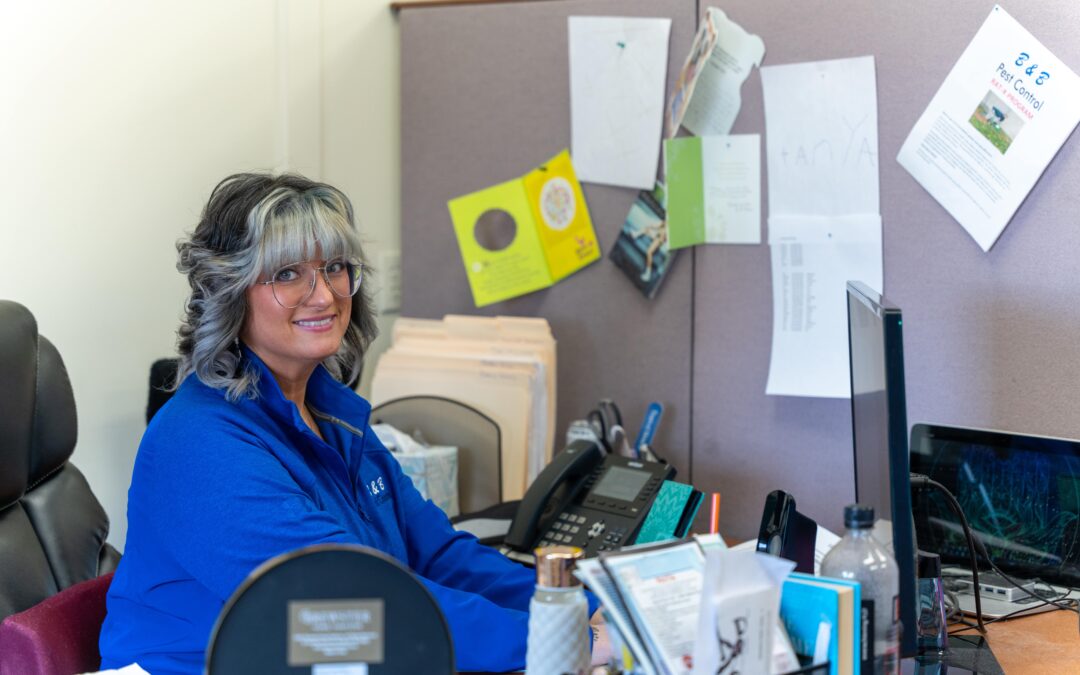Termites can be a nightmare for homeowners, causing significant damage to the structure of a building if left unchecked. Boston is no exception to the threat of termites, as it is home to several species that can cause serious problems for property owners. In this comprehensive guide, we will explore the termite species in Boston, their behavior, and the steps you can take to prevent and treat termite infestations.
Introduction to Termites
- Overview of termites
- Importance of identifying termite species in Boston
Termites are social insects that live in colonies and feed on wood and other organic materials. They are known for causing significant damage to structures and can be difficult to detect until the damage is already done. As such, it is important to be aware of the different termite species in Boston and their behavior to prevent and treat infestations.
Eastern Subterranean Termites
- Appearance and behavior
- Signs of infestation
- Treatment and prevention methods
Eastern subterranean termites are the most common termite species in Boston. They are small, about 1/8 to 3/8 inches long, and have a creamy white or light brown body. These termites live in colonies underground and build mud tubes to access their food sources. Signs of infestation include damaged wood, mud tubes, and discarded wings. Treatment methods include soil treatments and bait stations, while prevention methods include reducing moisture and eliminating wood-to-ground contact.
Formosan Termites
- Appearance and behavior
- Signs of infestation
- Treatment and prevention methods
Formosan termites are an invasive species that have been found in several locations in the United States, including Boston. They are larger than Eastern subterranean termites, with a yellow-brown body and dark brown wings. These termites also live in colonies underground and build mud tubes to access their food sources. Signs of infestation include damaged wood and mud tubes, and treatment methods include soil treatments and bait stations. Prevention methods include reducing moisture and sealing cracks and crevices in the building’s foundation.
Dampwood Termites
- Appearance and behavior
- Signs of infestation
- Treatment and prevention methods
Dampwood termites are less common in Boston than Eastern subterranean and Formosan termites. They are larger than other termite species, with a reddish-brown body and long wings. These termites live in damp wood and do not build mud tubes. Signs of infestation include damaged wood and the presence of termite feces. Treatment methods include replacing damaged wood and reducing moisture, while prevention methods include keeping wood dry and eliminating wood-to-ground contact.
Drywood Termites
- Appearance and behavior
- Signs of infestation
- Treatment and prevention methods
Drywood termites are also less common in Boston than Eastern subterranean and Formosan termites. They are larger than Eastern subterranean termites, with a light brown body and clear wings. These termites live in dry wood and do not build mud tubes. Signs of infestation include damaged wood and the presence of termite feces. Treatment methods include fumigation and replacing damaged wood, while prevention methods include sealing cracks and crevices in the building’s foundation.
- Importance of termite prevention and treatment
- Summary of termite species in Boston
Termites can cause significant damage to the structure of a building, making it important to be aware of the different termite species in Boston and their behavior. By taking preventative measures and treating infestations promptly, homeowners can protect their property from termite damage.
FAQs
- How do I know if I have a termite infestation?
- Can I treat a termite infestation myself or do I need to hire a professional?
- It is highly recommended to hire a professional to treat a termite infestation, as they have the expertise and equipment necessary to effectively eliminate the infestation.
- How can I prevent termites from infesting my property?
- Some preventative measures include reducing moisture, eliminating wood-to-ground contact, sealing cracks and crevices in the building’s foundation, and regular inspections.
- Are termite treatments harmful to humans or pets?
- Termite treatments can be harmful if not handled properly. However, professionals use safe and effective treatments that are not harmful to humans or pets when applied correctly.
- How often should I have my property inspected for termites?
- It is recommended to have your property inspected for termites at least once a year, as early detection and treatment is crucial in preventing significant damage to the structure of the building.

